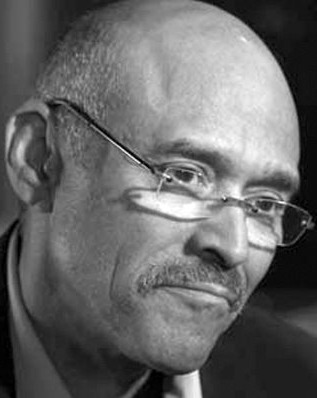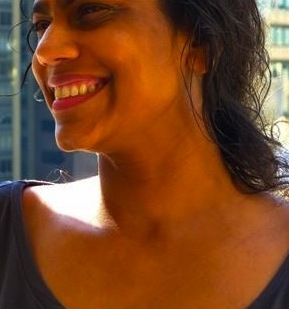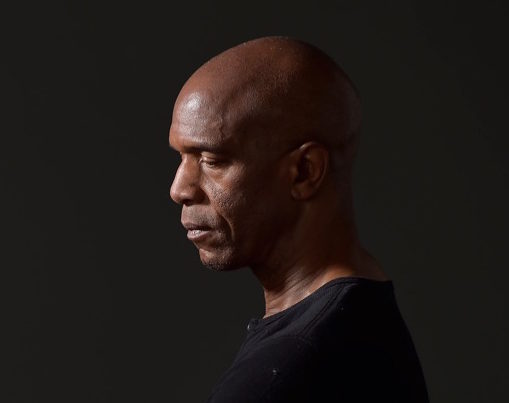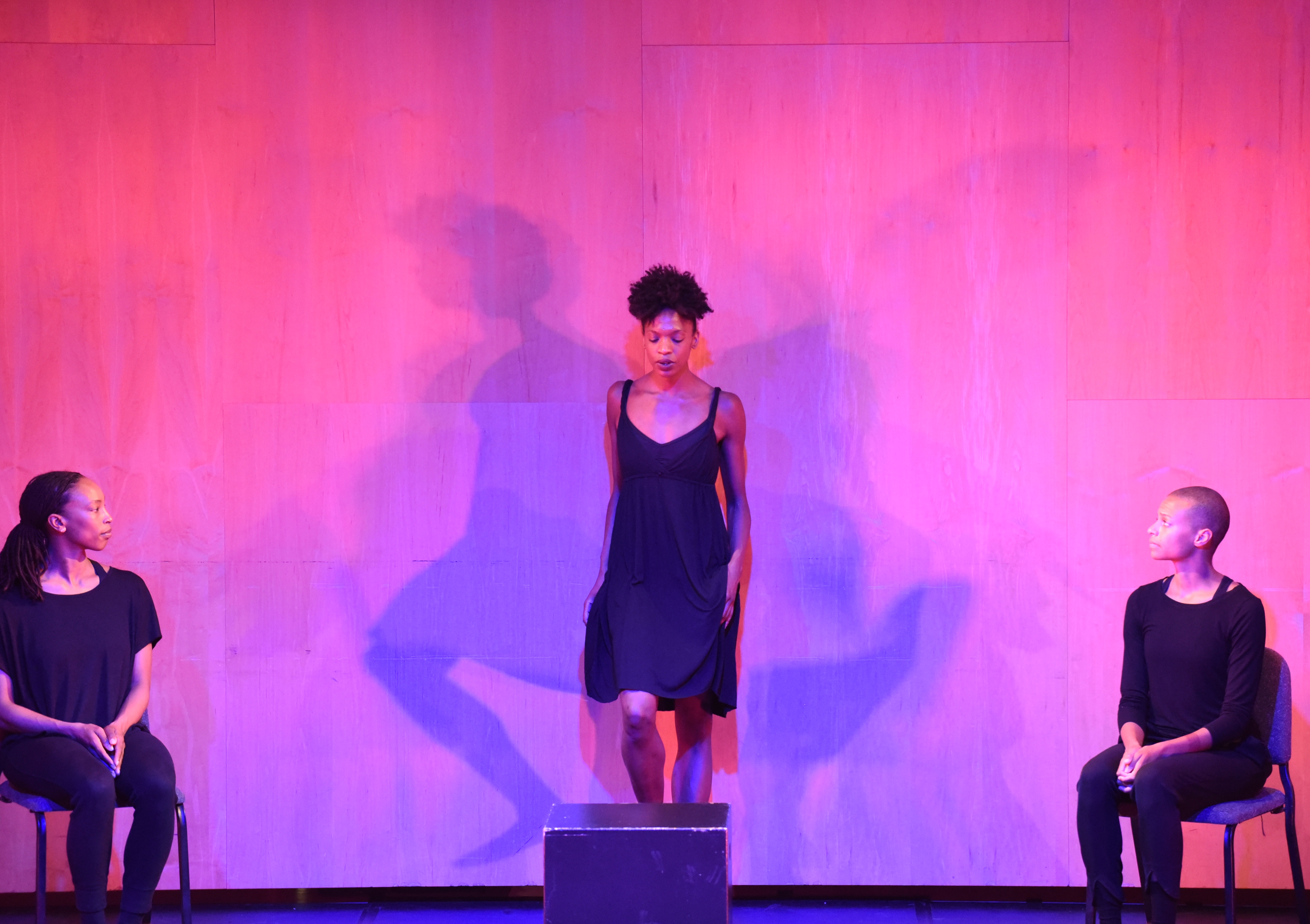
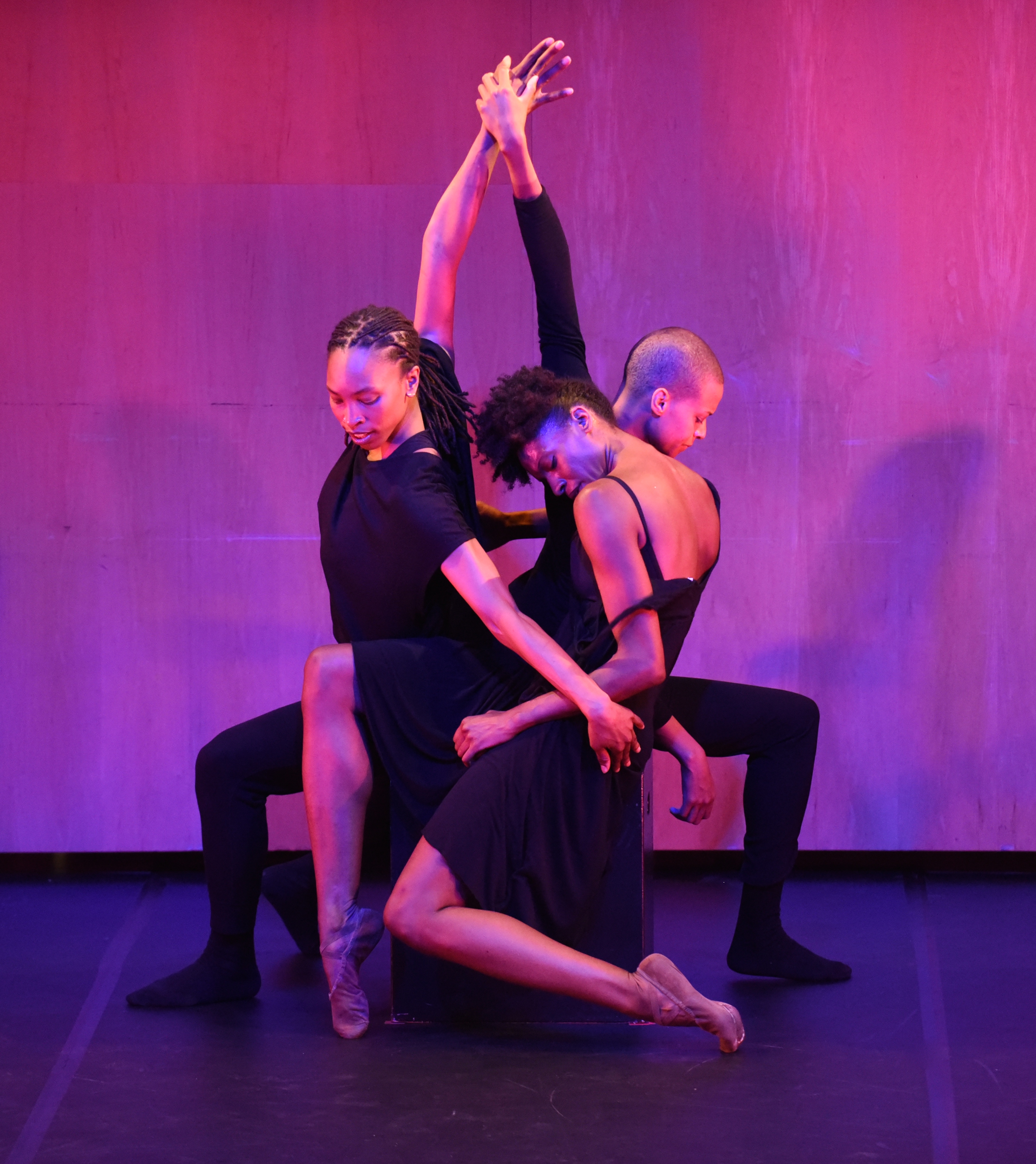
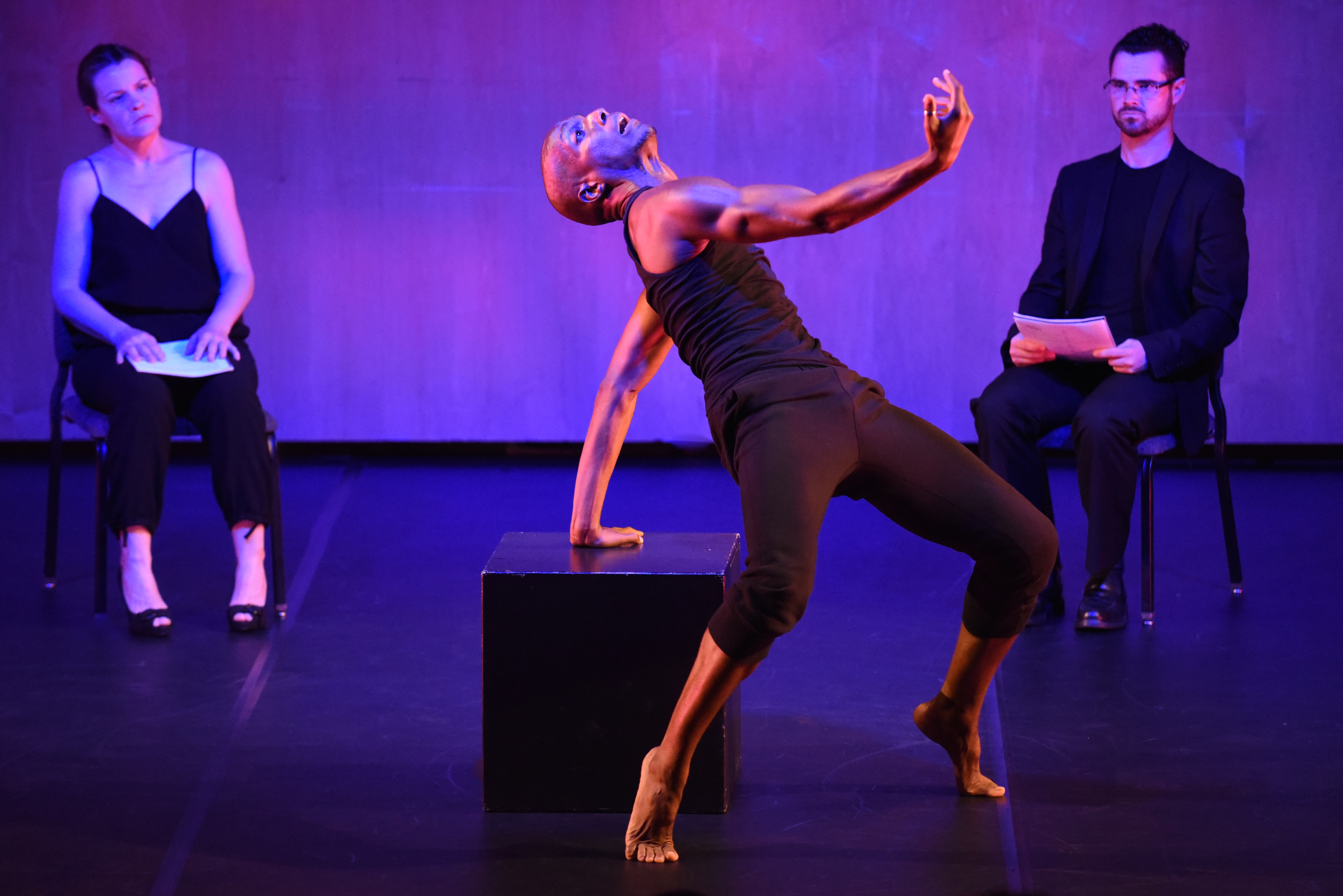
By kind permission of Jim Coleman.*
Dance, Salome! Dance!
About
Through text and dance, this play explores questions of patronage, politics, and race to ultimately ask: Why do we create art? What is its meaning?
Two decades ago, on the front page of the Sunday Arts section of the New York Times was a full-length photograph of a principal dancer from the Pacific Northwest Ballet. The image was startling, a bit obscene: the dancer was in attitude, and hanging from her ankle was a price tag—printed on it $100,000. The caption read, “For the art patron who has everything, ballet companies are offering something novel: the dancers themselves.” To raise funds, premier American ballet companies were auctioning off their principal dancers to the highest bidder for exorbitant sums. The repercussions of the auction are manifold and controversial; however, two aspects stand out: it makes a dancer into an object, an art object; and it forges a willing or unwilling relationship between dancer and patron.
Dance, Salome! Dance! is set in the rehearsal studio of a premier ballet company. It plays off of Oscar Wilde’s decadent reinterpretation of the biblical story of Salome, the original text of dance and patronage. Like Wilde’s play, this piece is a full-length work in one act where the question that propels it is: “Salome, will you dance for me?” This points to the ethical limits of what it means to desire and collect. We know the price of the dance: the head of John the Baptist on a silver platter. Dance, Salome! Dance! examines the perplexing entanglement of patronage, commodification, and desire. There is a twist to the play. In this meditation on the arts and society, the principal dancer is a black ballerina.
As soon as race enters, it changes the perspective we have on the arts. This play explores how. Dance, Salome! Dance! shows a black ballerina’s struggle to honor both the space of the arts as a place where one should not—cannot—compromise, and her struggle to honor herself and her history as being part of a black community (that which is not acknowledged in the world of ballet). The protagonist’s struggle fights against an environment that allows economics and politics to govern the space of art.
Dance, Salome! Dance! is a hybrid play—both in form and cultural perspectives. W.E.B. Du Bois asked “beauty to set the world right.” The play embraces this and in its plurality of forms and characters, it speaks to the question: What is America? The hope is that it will foster conversations about race in the arts— about equity, access, and belonging. And that it will demonstrate the importance of diverse perspectives to bring understanding about who we are as a nation: it speaks to all. In the original story of Salome, the stakes of the dance are high. In Dance, Salome! Dance! the stakes are no less so: What is the value of the arts—of the dance?
CREATORS
MEDIA
Scene 5: Excerpt from Kevin Iega Jeff’s “Naemaah’s Room.” All other dances in “Dance, Salome! Dance!” are original works by Jeff.
Dancers: Karah Abiog and Spirits—Tracey Franklin, Carolina Montserrat
*Workshop performance: The University of Massachusetts at Amherst, June 2016. Artists from left to right: Shayla-Vie Jenkins, Courtney Henry, Cecilia Jones, Jennifer Gibbs, Men Ca, Troy David Mercier.
